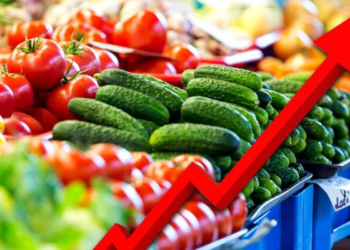Goldman Sachs has revised its outlook on the likelihood of a U.S. recession in the next 12 months, reducing the probability from 25% to 20%. This adjustment follows encouraging economic data, including a drop in weekly jobless claims and a significant rise in retail sales, indicating resilience in the U.S. economy.
Earlier this month, the investment bank had raised its recession odds to 25% from 15% due to a spike in the unemployment rate, which had reached a three-year high in July. This increase in unemployment initially stoked concerns about a potential economic downturn. However, the latest data has alleviated some of these fears.
Goldman Sachs’ chief U.S. economist, Jan Hatzius, noted that the recent economic reports for July and early August showed no signs of an impending recession. “We have now shaved our probability from 25% to 20%, mainly because the data for July and early August released since August 2 shows no sign of recession,” Hatzius stated in a note.
The positive outlook is further supported by Thursday’s jobless claims report, which revealed that the number of Americans filing for unemployment benefits had dropped to a one-month low. Additionally, retail sales in July saw their most significant increase in a year and a half, signaling strong consumer demand.
Hatzius also mentioned that if the upcoming August jobs report presents favorable results, Goldman Sachs might further reduce the recession probability to 15%. Despite this optimism, Hatzius maintains that the Federal Reserve is likely to cut interest rates by 25 basis points at its September meeting. However, he did not rule out the possibility of a more aggressive 50 basis point cut if the jobs data falls short of expectations.
This revision by Goldman Sachs aligns the U.S. economic outlook more closely with that of other G10 economies, where the Sahm rule—a rule of thumb for predicting recessions based on rising unemployment—has proven less reliable, holding true less than 70% of the time.
The U.S. economy continues to show signs of resilience despite earlier concerns, with key indicators suggesting sustained expansion rather than contraction. Investors and policymakers alike will be closely watching the forthcoming economic reports to gauge whether this positive momentum will continue.











